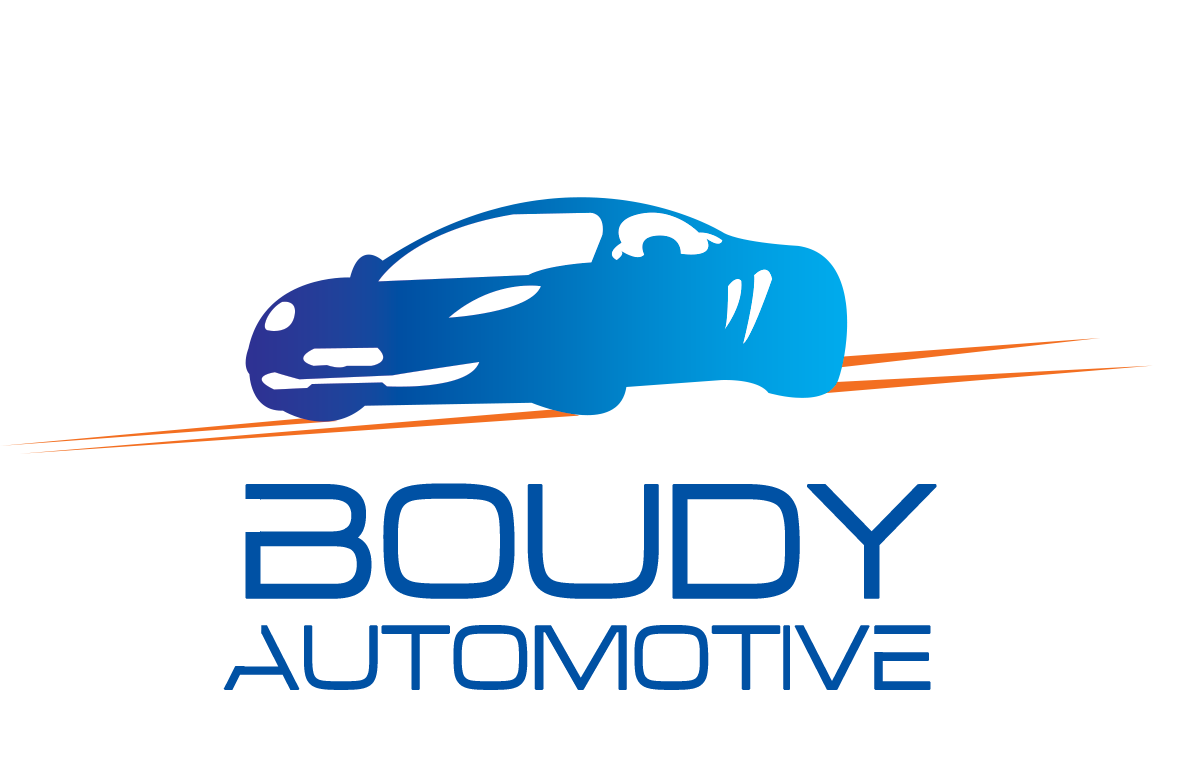AP and NWP instructors taking part in the research document offering pupils written projects including research forms to quick answers, journaling, and inventive publishing. The type and frequency of composed projects varies substantially from the topic being taught and quality level, but overall these AP and NWP instructors spot tremendous importance on conventional created assignments.
These teachers furthermore mention that “writing” is generally defined more generally than created operate assigned in an educational style. In focus organizations, lots of educators observed that besides the “formal” creating students do for class, they might be engaged in a lot of types of composing not in the class room, the majority of they making use of digital equipment and systems particularly texting an internet-based social network. How exactly to determine these brand-new types of authorship and deciding what impact they usually have in the “formal crafting” students carry out in course stays an open concern for most among these teachers. But most agree that among students, “writing” continues to be defined as assignments they is required to do for school, as opposed to textual expression they engage in on their own time.
The creating tasks AP and NWP educators offer their pupils
The review quantified what types of composing techniques AP and NWP coaches assign their heart and kids. Since artwork below reveals, among this community of educators, short essays and journaling include most often allocated composing tasks. More than half on the test (58per cent) document having their particular pupils write quick essays, small feedback, or opinion parts one or more times each week. Four in ten (41%) have actually youngsters journal every week.
Data reports, media tasks, and inventive authorship in the shape of has or quick reports, without allocated by many people coaches on a weekly basis, include allocated sooner or later throughout educational seasons by many of these AP and NWP educators. Just more than three-quarters submit creating students comprehensive a research report (77per cent) or a multimedia job (77percent) at some time during recent educational year. Two-thirds (66percent) have actually people practice imaginative authorship, such as poetry, a play, a short story or little bit of fiction, one or more times a-year.
On the other hand, considerably specific types of composing tasks such as for example writing out numerical trouble or proofs, creating https://www.essay-writing.org/ right up labs, writing computer system software, design video games, and writing music or words were assigned hardly ever, if ever, by many AP and NWP teachers interviewed.
The sort and volume of created perform assigned is obviously highly dependent on the topic situation being trained. Among mathematics coaches, for example, 81% document creating people create mathematical dilemmas, proofs or concepts on about a regular grounds. And among research instructors, 51% has people write-up laboratories at least one time a week and 56percent have college students write out numerical concepts or problems. Most of these percent tend to be more than those for teachers of other topics.
Additionally, while 94percent of English teachers and 83percent of history/social studies coaches have their own youngsters create a study paper from inside the 2011-2012 scholastic 12 months, that figure was 68per cent among science instructors and 36per cent among mathematics instructors. The same design emerges for media or blended media projects, with English (84per cent) and history/social research (82per cent) instructors almost certainly and math coaches least likely (51percent) to have considering her college students this particular assignment during the previous scholastic 12 months. Science coaches (70percent) fall-in the center.
Just how can teachers—and students—define “writing” inside the electronic business?
Significant matter presented into AP and NWP educators in the present learn try the way they in addition to their people establish “writing.” Especially, we asked educators which kinds of writing for the electronic age—academic publishing assignments, texting, social network website stuff, blogs, tweets, etc.— include “writing” to them, and that are not? In a 2008 Pew Web study of teenagers with this topic, the consensus among 12-17 year-olds had been there is a fundamental distinction between their electronic communications with relatives and buddies therefore the more formal authorship they are doing for class or even for their own functions. Just the second is considered “writing” in adolescents’ vision. 9 Survey while focusing class conclusions in today’s study indicate this notion has not changed, either among people or their own educators, and that there continues to be a fairly powerful conceptual separate between “formal” and “informal” authorship. For organizations, a lot everyday online communications comes in to the second classification.
Asked in focus communities to clear up exactly what, especially, they think about “writing,” the majority of instructors suggested that “formal crafting” and “creative authorship” suit their definition of “writing.” Slightly a lot fewer said they’d identify “blogging” as authorship, and extremely couple of mentioned they might consider texting as a kind of authorship. Asked how they considered students would categorize these exact same crafting paperwork, the results were equivalent. The majority of these educators never consider their children consider texting crafting, but rather limit her concept of “writing” to those activities they truly are required to perform for school. A small number of instructors moved even more, proclaiming that some youngsters define crafting best as something requires them to use comprehensive sentences.

